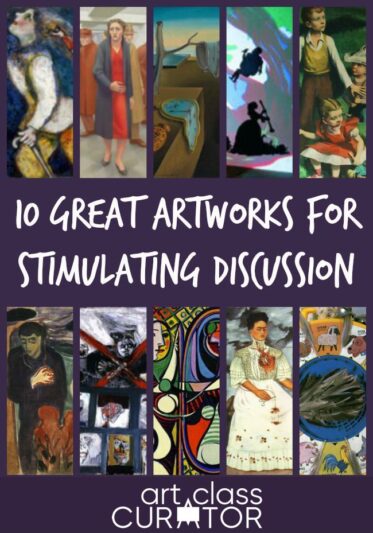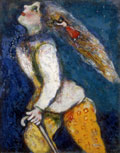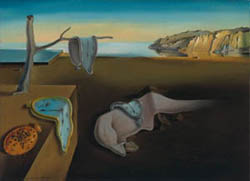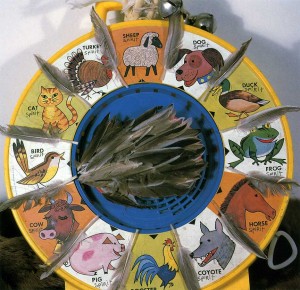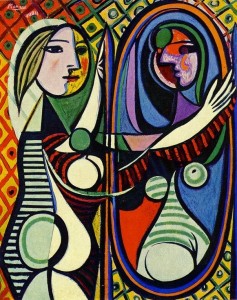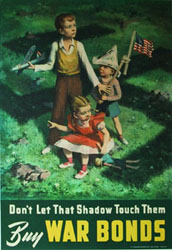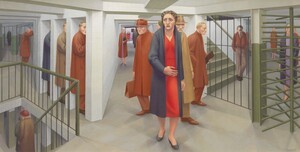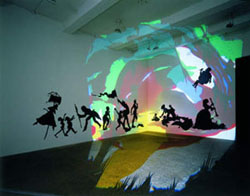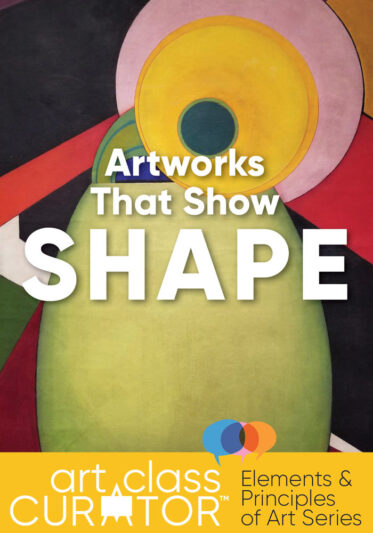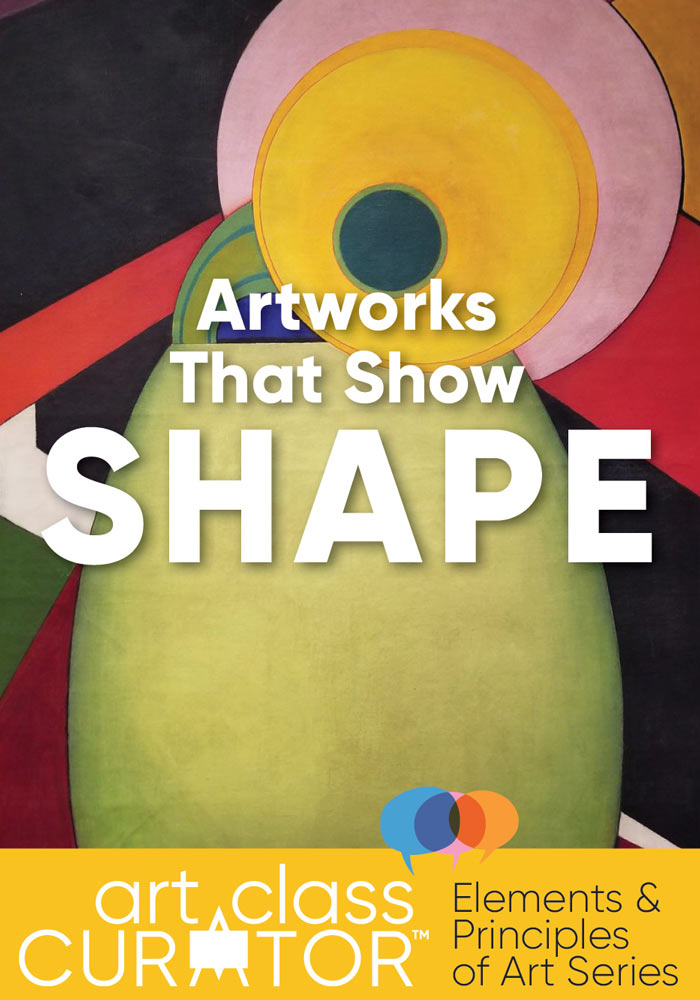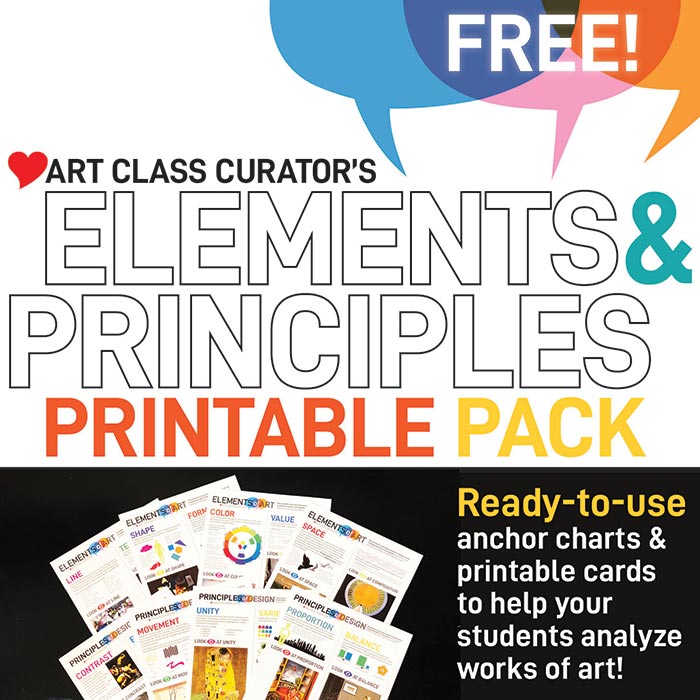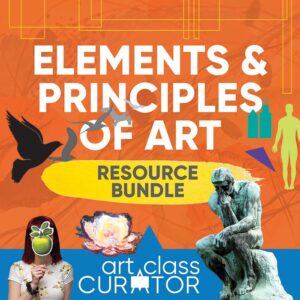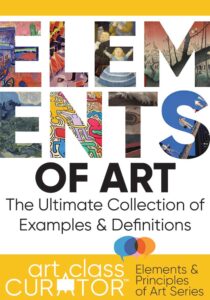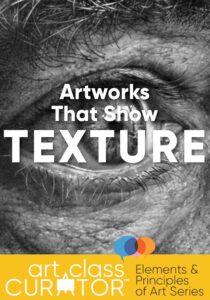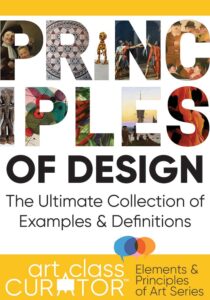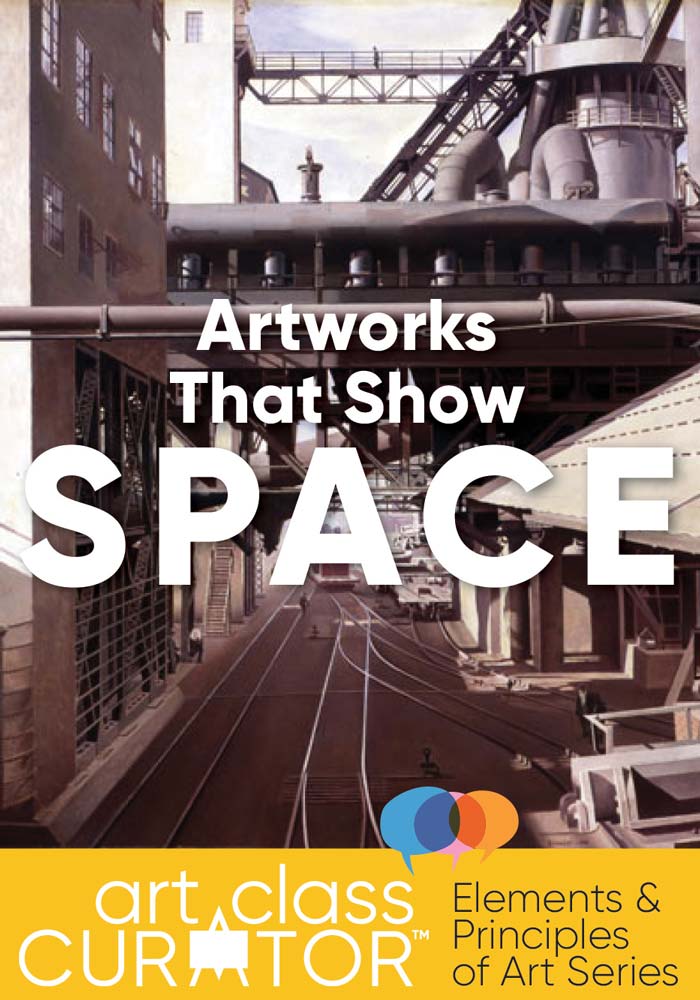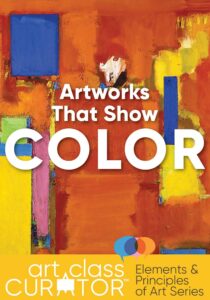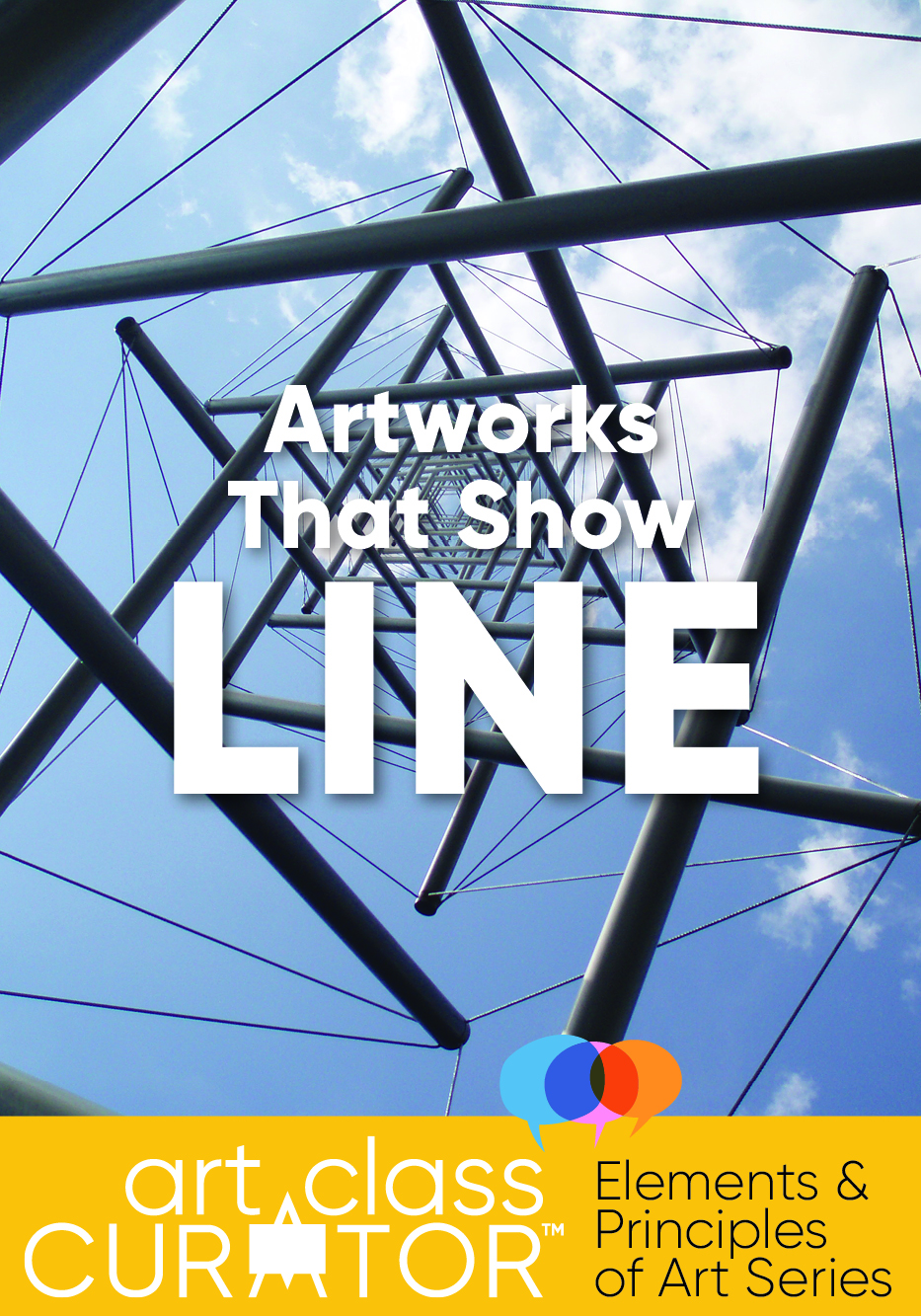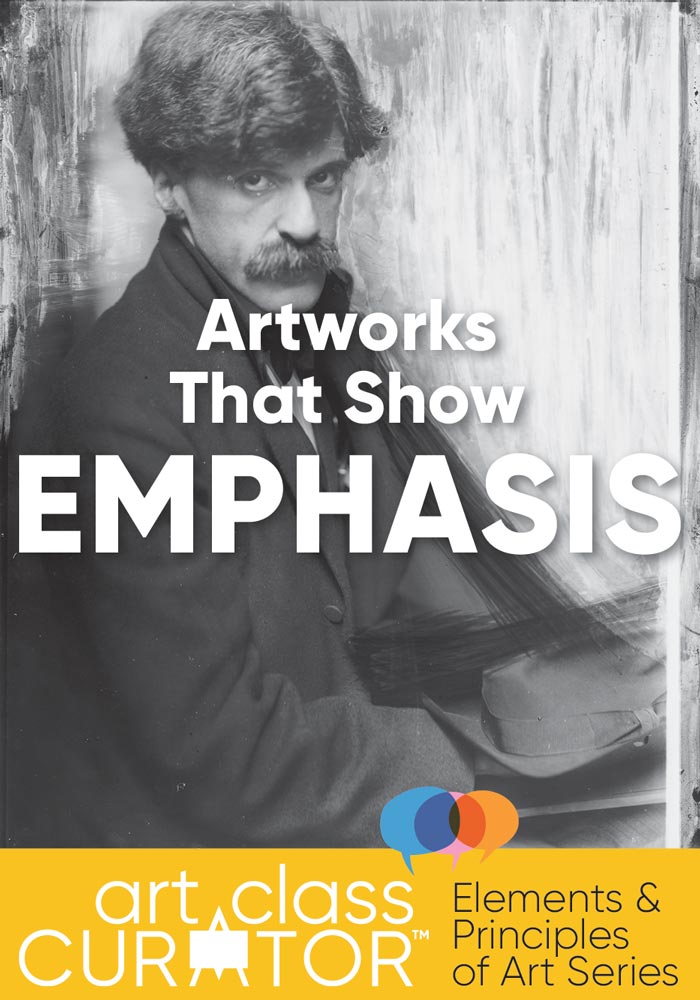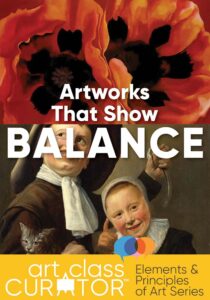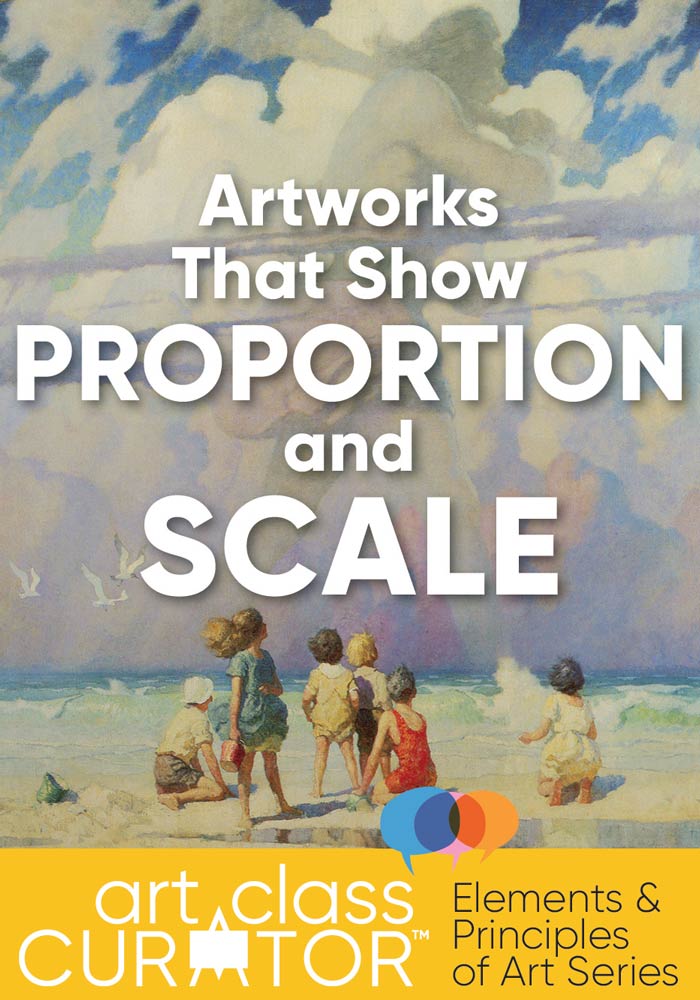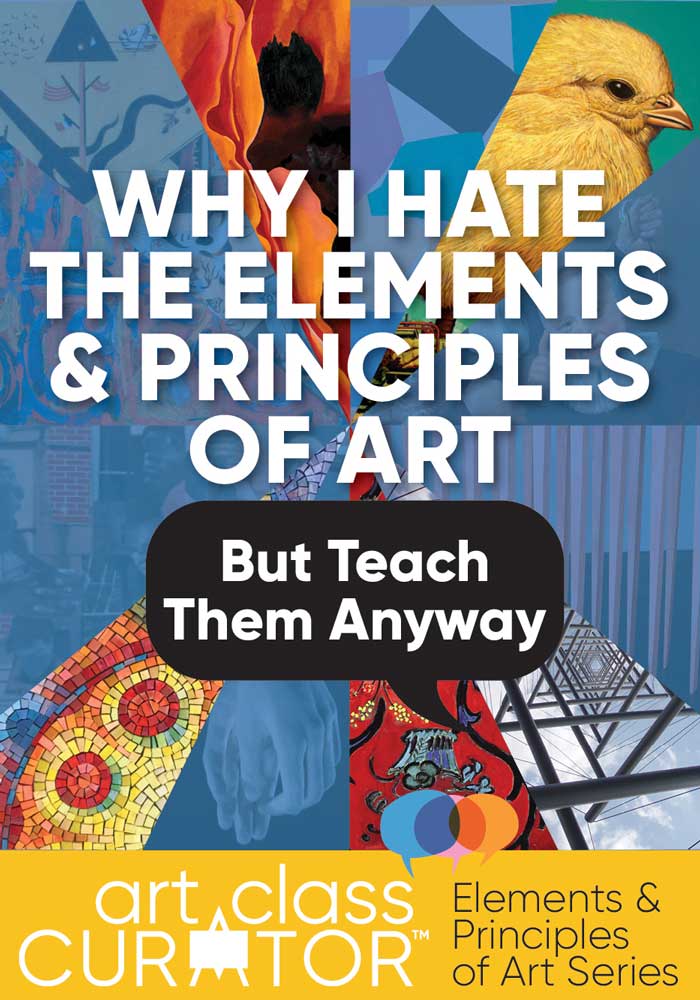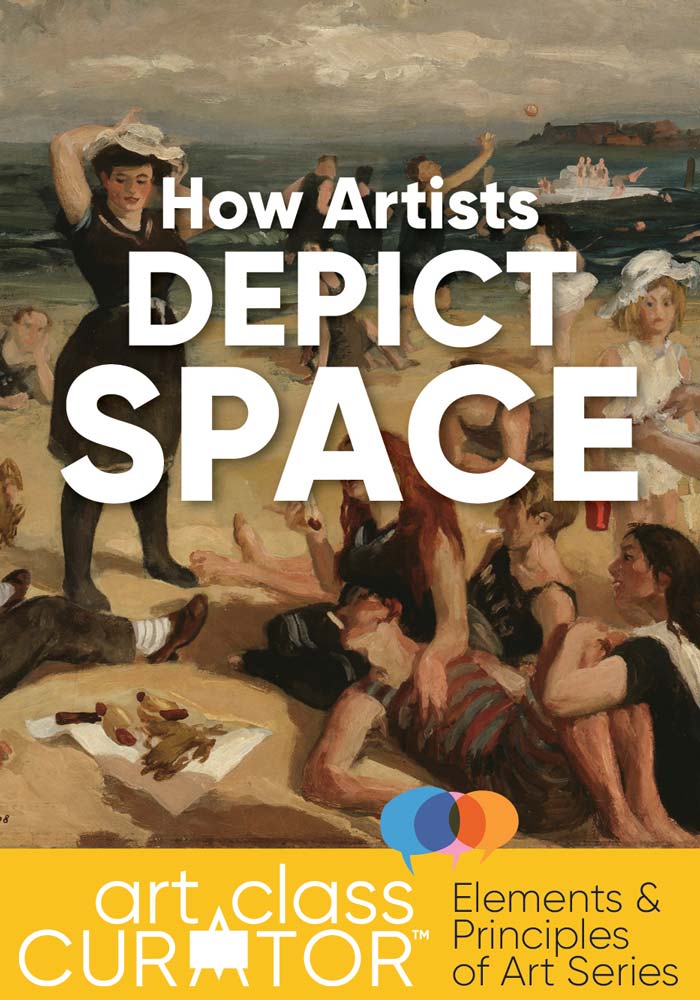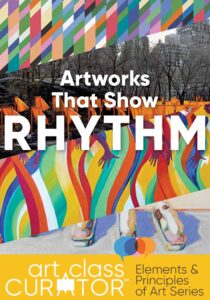Through my many years of teaching, I’ve accumulated a nice list of artworks that are perfect to discuss with students and teach them how to analyze art. These artworks spark lots of interesting ideas, have easy to notice design choices that contribute to the meaning and always lead to a great art criticism discussion (or a great student-written essay) with the students.
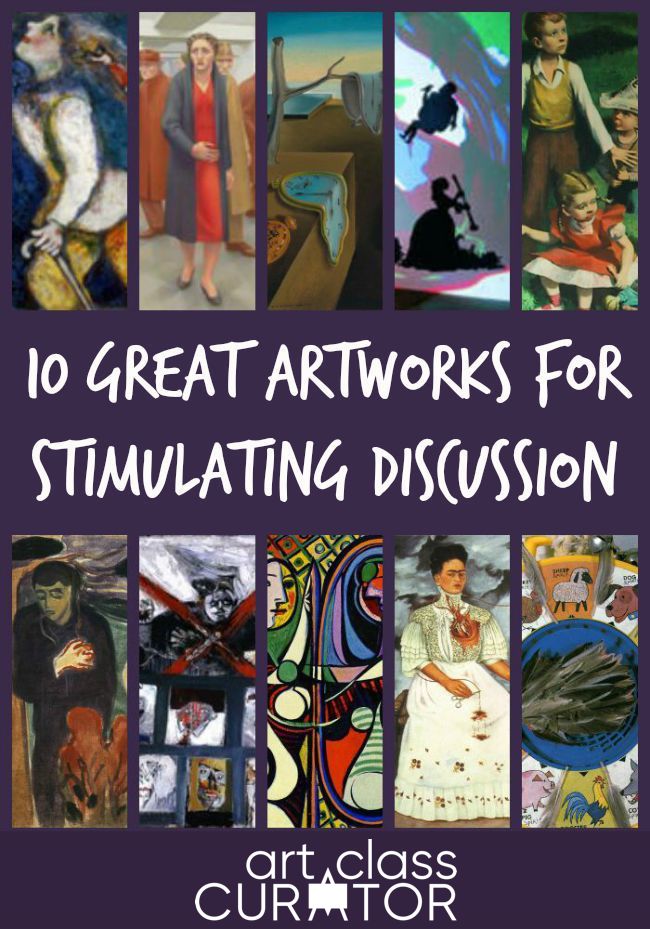
These artworks are great for high school and college students, but many work for elementary and middle as well. You can use your judgment to decide what works best for your students.
The Four Steps of Art Criticism Lesson Plan
I created this list for my lesson on the art criticism steps available for sale. The Four Steps of Art Criticism lesson teaches students how to analyze art through the art criticism steps of description, analysis, interpretation, and evaluation. This resource includes a lesson outline (pdf), a PowerPoint, a written assignment instructions handout (pdf and editable .doc), a quiz (pdf and editable .doc), and a list of artworks including (but not limited to) the ones below. Buy it now for $14, and use it in your classroom tomorrow!
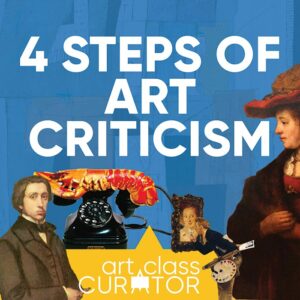
The Four Steps of Art Criticism Lesson Plan
This lesson covers the four steps of art criticism using artworks. Explore description, analysis, interpretation, and evaluation with your students using engaging activities and examples.
Ten Artworks Perfect for Art Criticism with Students
Most of these are not in the public domain. I have included small thumbnails for your reference. Click the picture to view a larger image.
Marc Chagall, Young Girl in Pursuit, ca. 1927-28
This one is so simple and straight-forward, but it always sparks the imagination of the students.
Questions to Ask: How does this artwork make you feel? What choices does the artist make to make you feel that? Who is this woman? Why is there a woman in her hair? What is the meaning of this artwork?
Salvador Dalí, Persistence of Memory, 1931
Everyone knows this one. I read some study one time that said Salvador Dalí was the most recognized artist name among people interviewed on the street. I found that to be fascinating. From the melting clocks to the sleeping head, to the ants crawling all over the pocket watch, to is that a snake coming out of his nose?, this one has a lot for students to unpack.
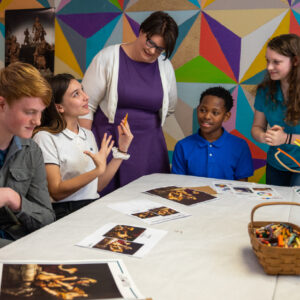
Get the Full Lesson!
This Lesson is in The Curated Connections Library!
Find the full lesson from this post along with hundreds of other art teaching resources and trainings in the Curated Connections Library. Click here for more information about how to join or enter your email below for a free SPARKworks lesson from the membership!
John Feodorov, Animal Spirit Channeling Device for the Contemporary Shaman, 1963
I wrote more about this one on the post: 5 Artworks to Intrigue your High Schooler.
Frida Kahlo, The Two Fridas, 1939
This one is also on 5 Artworks to Intrigue your High Schooler. Read more there. 🙂
Edvard Munch, Separation, 1896
Students love coming up with stories about this one. He is having a heart attack, and the woman is an angel taking him away. The woman is the ghost of his wife who has passed. And more, lots of great stories. The artist’s use of line, color, and contrast adds meaning to the student’s interpretations.
Luis Felipe Noé, Cerrado por brujería [Closed by Sorcery], 1963
![Luis Felipe Noé, Cerrado por brujería [Closed by Sorcery], 1963](https://artclasscurator.com/wp-content/uploads/2015/08/Luis-Felipe-Noe-300x239.jpg)
This is one of my all time top artworks to discuss with students. I usually show it on the first day of class in my community college art appreciation class. I wrote a whole post about it here.
Pablo Picasso, Girl before a Mirror, 1932
This painting made me weep when I saw it the first time. It’s stunning in person. Read more about it on 5 Artworks that Promote Introspection. This is a great one to have students write about at the beginning of class.
Lawrence Beall Smith, Don’t Let That Shadow Touch Them, 1942
I love connecting history and art. I include this piece of propaganda art on one of my tests for students to write about. You would be surprised how many students don’t recognize the swastika. In addition to discussing the power images have on our feelings and decision, the historical significance of the image is an important discussion to have with the students.
George Tooker, The Subway, 1950
Creepy, suspicious men and multiple perspectives make this one a fun one to talk about with students. The lone, solitary woman with the concerned expression makes us think, and why is she holding her stomach? Lots to talk about.
Kara Walker, Darkytown Rebellion, 2001
This one has some sensitive subject matter. I wouldn’t hesitate to use this for a college class, but only you can decide if it works for your students. I actually got in an argument with one of my friends in front of one of Kara Walker’s artworks like this one. I love art that sparks opinion and discussion. I don’t shy away from big topics in my classroom. Art opens up important dialogues, so I think it is important to let those happen in the classroom. After students look and figure out what is going on through art criticism, we discuss the element of the projection and how the viewer can become a part of the art by standing in between the light and the wall. It leads to some interesting thoughts.

